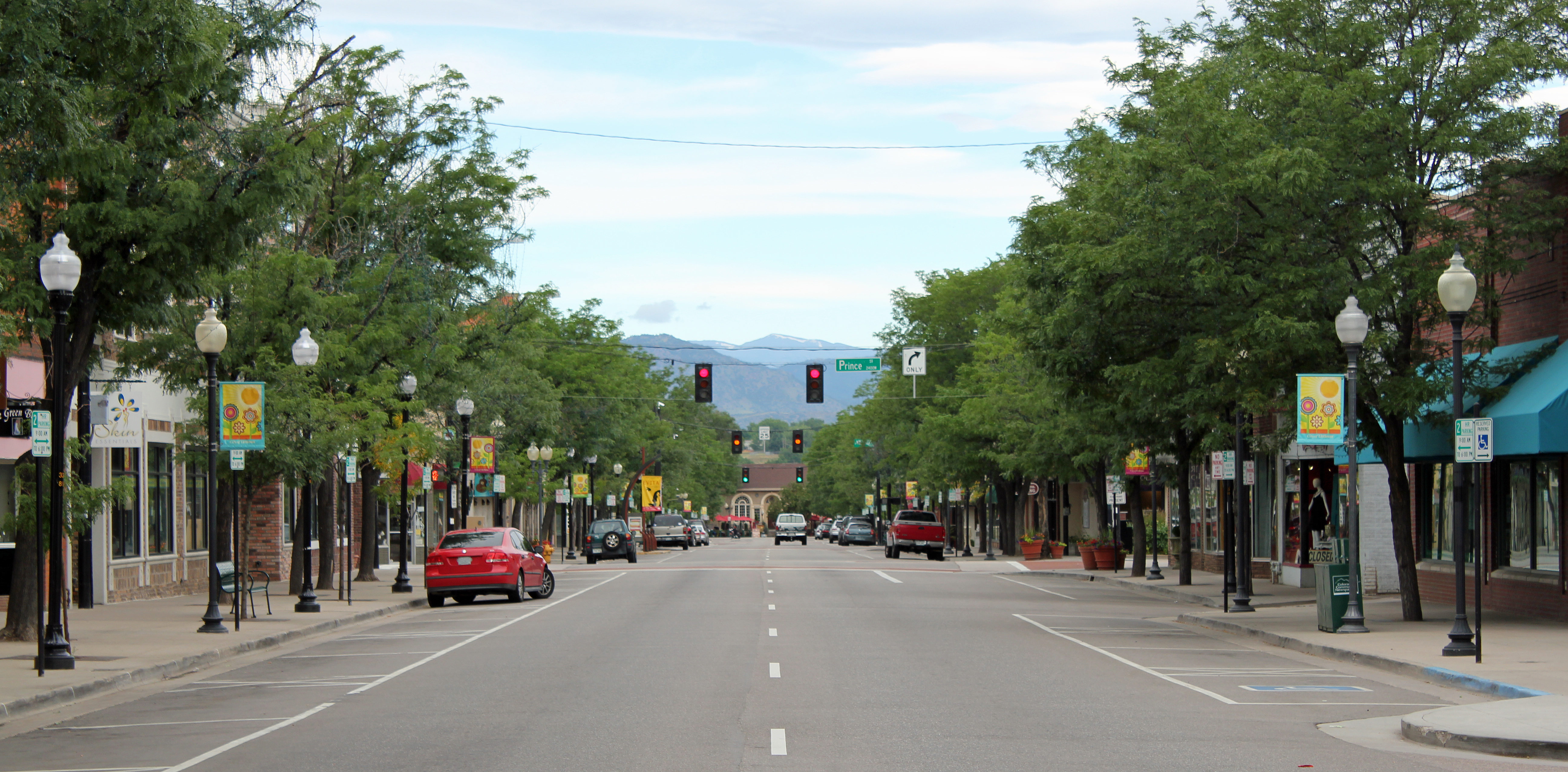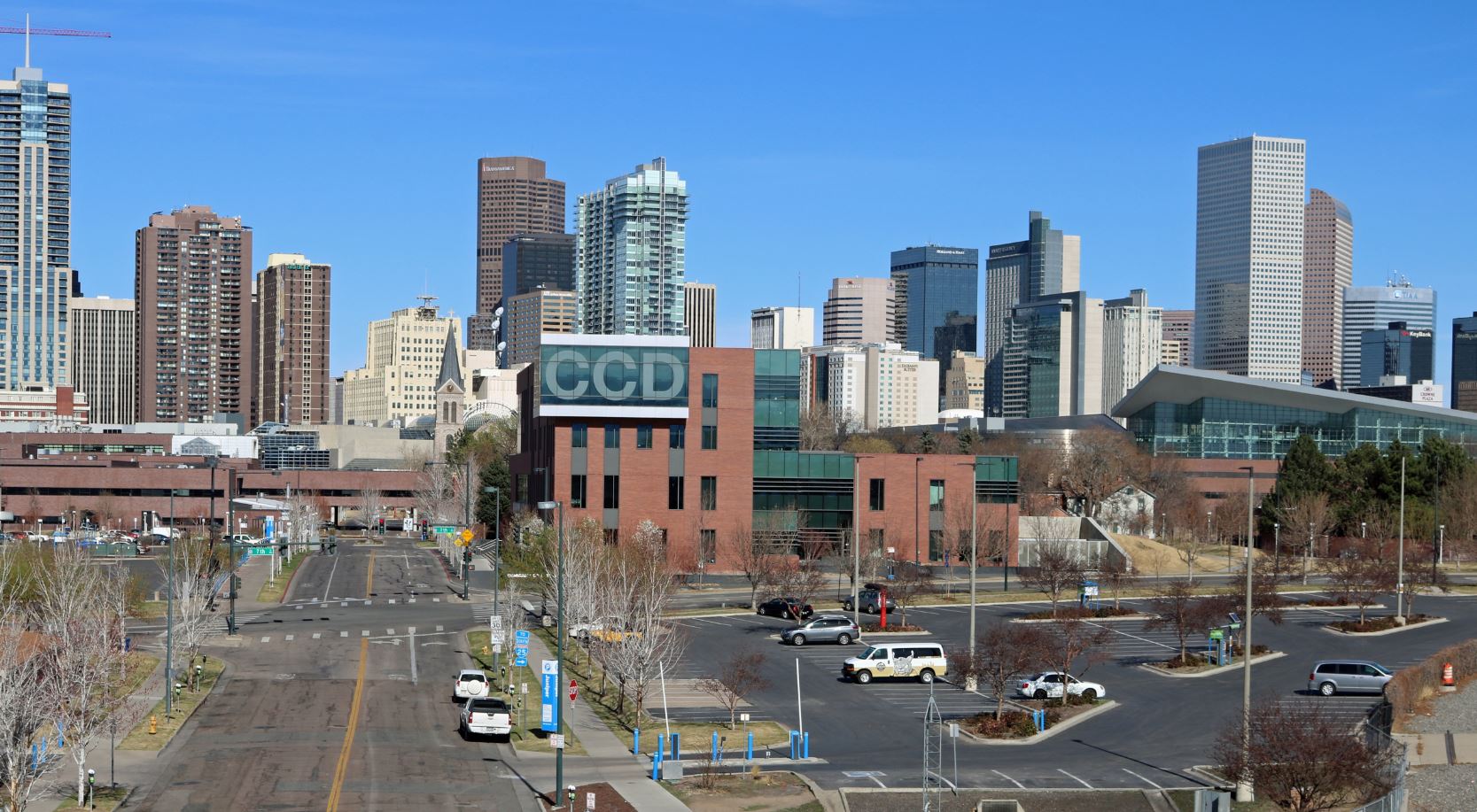
Why Denver water costs more in the ’burbs
When it comes to water bills, no two customers are alike. Denver Water bills are highly individualized, based on customers’ overall consumption and how much water they use indoors vs. outdoors, among other factors.
To further complicate the matter, your water rates will be higher if you live in the suburbs and receive water from Denver Water.
To determine rates outside of the city, three main factors are in play: history, water use and development.
There’s history
Denver Water was formed in 1918 to serve the City and County of Denver. For decades, we only could serve water to the suburbs on a year-to-year basis. In 1959, the Denver City Charter was changed to allow permanent leases of water to the suburbs based on two conditions: 1) there always would be an adequate supply for the citizens of Denver, and 2) suburban customers pay the full cost of service, plus an additional amount.
Pricing is based on the amount used
Those larger suburban lots, lawns and gardens require more water compared to customers living in Denver. And ensuring those needs are met also requires bigger investments in water, treatment, pumps and pipelines.
All that leads to our suburban customers paying more on their monthly bills and annual totals compared to customers who live inside the city.
The most impactful factor for 2019 rates is development
One of the factors that goes into rates is how much development is taking place and where that growth is occurring across Denver Water’s service territory. That’s why we collect fees, called System Development Charges, from developers to pay for the cost of adding new customers.
Money generated by suburban development is credited to suburban customers while fees generated by growth in the city are credited to Denver customers.
And, as development inside Denver has boomed in recent years, outpacing growth in the suburbs, the amount of money collected in System Development Charges also has jumped.
“In 2014, the split in System Development Charges was roughly 50-50 between the suburbs and the city of Denver. Last year, in 2017, it was closer to 70-30, with the lion’s share coming from inside the city,” said Fletcher Davis, Denver Water’s manager of rates.
In 2017, Denver Water collected a total of $49.3 million in System Development Charges. Of that, $15.4 million stemmed from growth in the suburban districts. That’s less than half the $33.9 million collected from developers building projects in Denver, according to financial planners.
“The growth used to be a lot bigger outside the city, but now that’s totally switched,” said Pat Fitzgerald, the chairman of the suburban districts’ Technical Advisory Committee, which reviews Denver Water’s rates every year.
Fitzgerald also is the general manager of four Denver Water distributors, including the Platte Canyon Water & Sanitation District, that serve customers on the southwest side of the metro area.
“We knew the switch was coming. We knew that at some point in time, as Denver redeveloped, that the money from System Development Charges would be more inside the city than outside the city,” he said.
Here’s how it breaks down
This year, the booming development inside the city means most Denver single-family residential customers who use water in 2019 the same as they did in 2018 will only see their water bill rise by 55 cents per month, or $6.60 for the year. The increase reflects a 55 cents per month increase in the fixed monthly service charge that most residential customers will pay as it is based on meter size.
Typical single-family customers who live outside Denver and use 102,000 gallons per year are expected to see their 2019 annual water bill to rise between $23 and $41, depending on what type of service they get from Denver Water. The increase includes the 55-cent increase in the monthly service fee as well as rate increases on the amount of water used. (See infographic below for more details.)
Is the discrepancy fair?
The Technical Advisory Committee, made up of representatives from 15 of the 65 suburban water districts Denver Water serves, meets every year to study Denver Water’s financial and cost-of-service analyses as rates are being set.
The committee pays particular attention to how service costs fall on the shoulders of suburban customers compared to customers who live in Denver. The committee’s goal is to ensure suburban customers are paying their fair share of the costs.
“The advisory committee supports the rate increases. The expenses are going up, but they’re all projects that are necessary to provide a reliable and safe source of water,” Fitzgerald said.
“The cost-of-service study is fair and reasonable, and the committee had no objections to the results,” he said.



